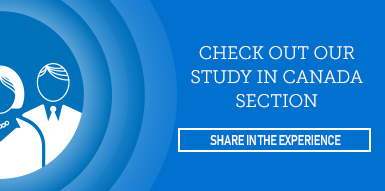-
Future Students
-
Admissions
Programs
Programs for Domestic Students
Courses
-
-
Current Students
-
Part Time
Student Logins
Student Logins
-
-
International Students
-
About Pace
-
About Pace
-
| Course Number | DPS 27550 PTW01 |
| Course Name | Mastering Performance Management for High-Performing Teams |
| Course Hours | 12 hours |
| Class Type | Blended |
| Cost | $295 |
| Dates | - (2 classes) |
| Day | Saturday Mar 1, 8, 2025 |
| Times | - |
| Notes | This is an online course that will be offered in a blended format. Blended courses combine live virtual weekly lectures at a set time (see course dates) with independent study. Course content and Zoom links for all microcredential courses will be emailed to registered students ahead of the first class. |
| Instructor | Patricia Hirst |
| Course Materials/Supplies | No textbook required for this course. |






